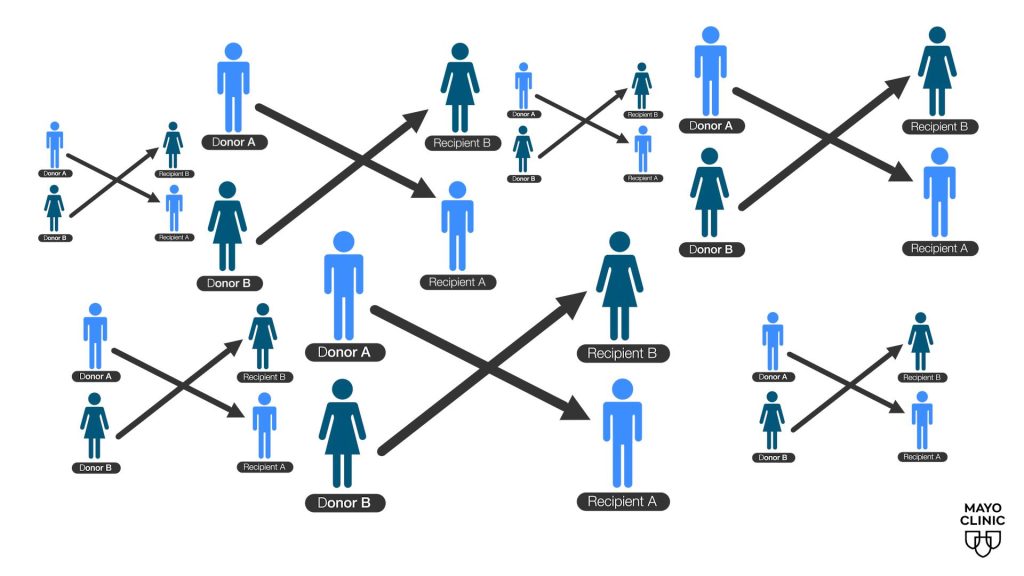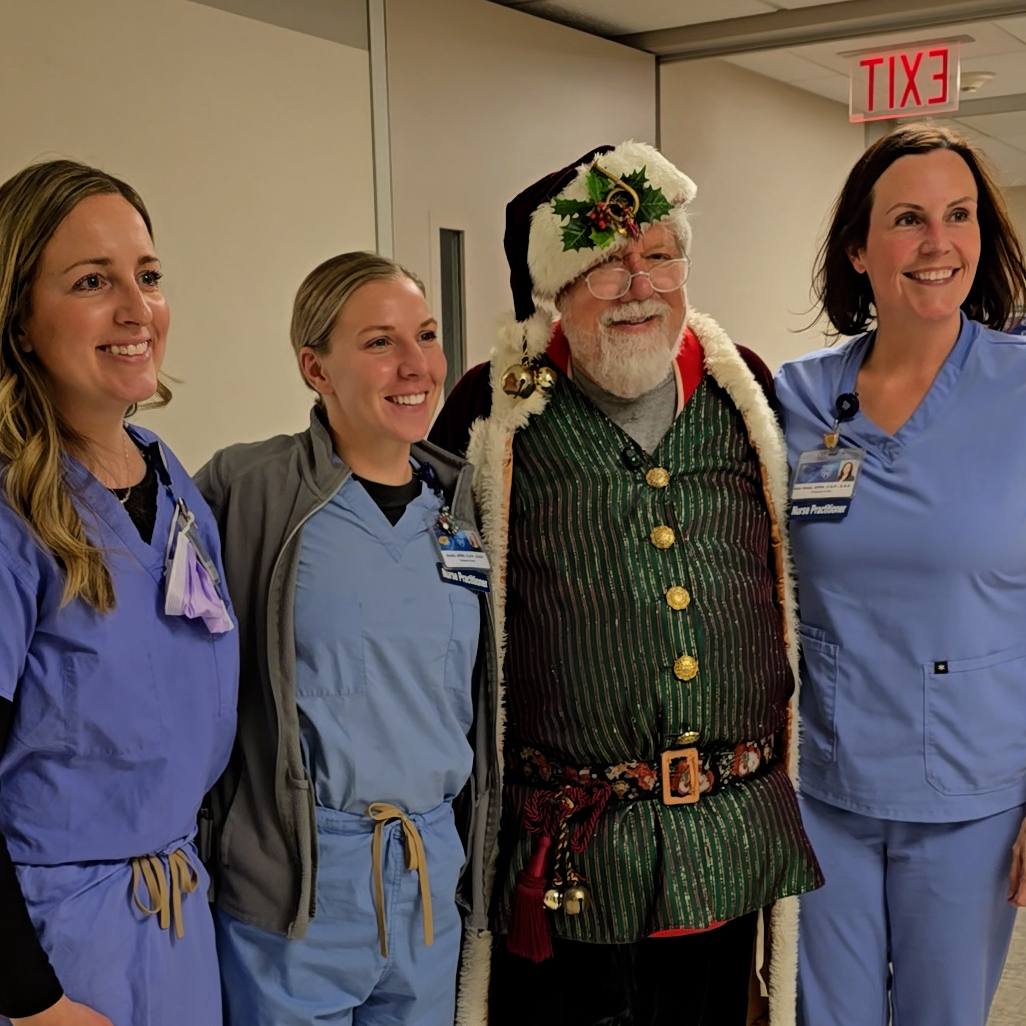There are more than 90,000 people on the waiting list for a kidney transplant in the U.S. Unfortunately, the demand for kidneys exceeds the supply. However, so-called living donor chains are giving hope to those in need of vital organs.
Dr. Shennen Mao, a Mayo Clinic transplant surgeon, explains how donor chains work.
Journalists: Broadcast-quality video pkg (1:07) is in the downloads at the end of the post. Please courtesy: "Mayo Clinic News Network." Read the script.
Every 10 minutes, someone is added to the national kidney transplant waiting list.
"It's more than 80,000 people," says Dr. Mao.
She says living kidney donor chains are a great way to increase the number of available organs for transplant.

"A living kidney donor chain is when someone altruistically donates a kidney, meaning donates a kidney with not a specific individual in mind, that can start a chain effect of donors," explains Dr. Mao.
A donor chain also can be initiated when a good Samaritan donates on behalf of a friend or family member, but unfortunately, they're not a direct match for the recipient. The incompatible donor then donates their kidney to another person who is a match, while the original recipient gets a kidney from another compatible donor in the chain.
"There's no limit on the chain reaction. There have been chains of two, four, eight, sometimes even more," says Dr. Mao.
It's a gift that keeps on giving. Living donor chains expand the donor pool, helping more people in need of a kidney transplant.
Potential donors undergo an extensive screening process before donating. Learn more about what it means to be a living kidney donor.
Related posts:
- Mayo Clinic Minute: expanding the living Kidney donor pool to those with Type 2 diabetes
- Mayo Clinic study confirms living kidney donor surgery is low risk for most patients







